Available 24/7
Available 24/7
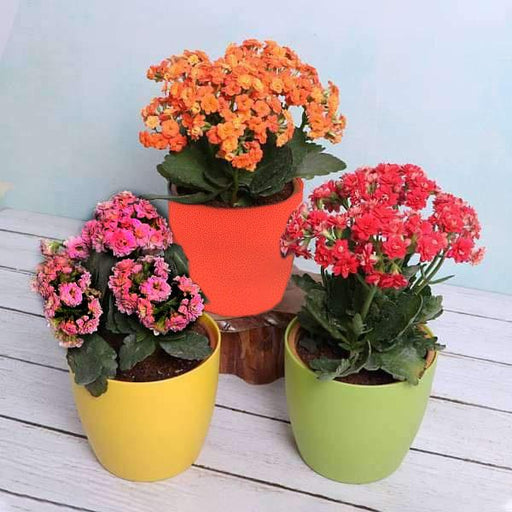
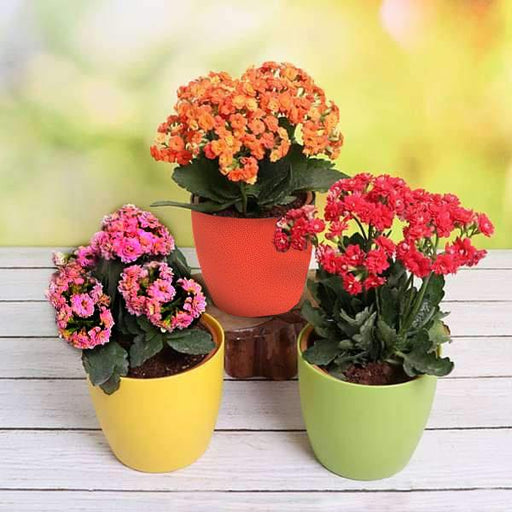 Save 10%
Save 10%
DescriptionThe Kalanchoes are thick leaved elegant flowering succulent houseplants. Make your home garden more vibrant and full of colors by bringi...
View full details Save 18%
Save 18%
DescriptionThis pack contains two 60 cm Spiral Stick Lucky Bamboo Plant + Glass vase + 250g white chip pebbels + 250g black chip pebbels.About Luc...
View full details

DescriptionIf the juvenile foliage along with a more compact plant is preferred, cut off all the climbing stems that develop, this will keep it bus...
View full details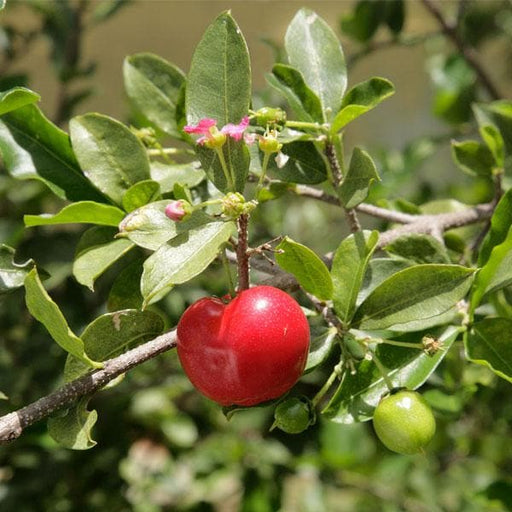 Save 15%
Save 15%
DescriptionGrowing Barbados Cherry is an easy way to add a tropical flair to your garden. When you know its important and how to care for Barbados ...
View full details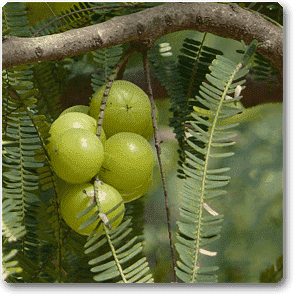 Save 17%
Save 17%
DescriptionImprove immunity of your all family member by growing a nutritious and vitamin rich an amazing Amla plant. Amla is a small to the medium...
View full details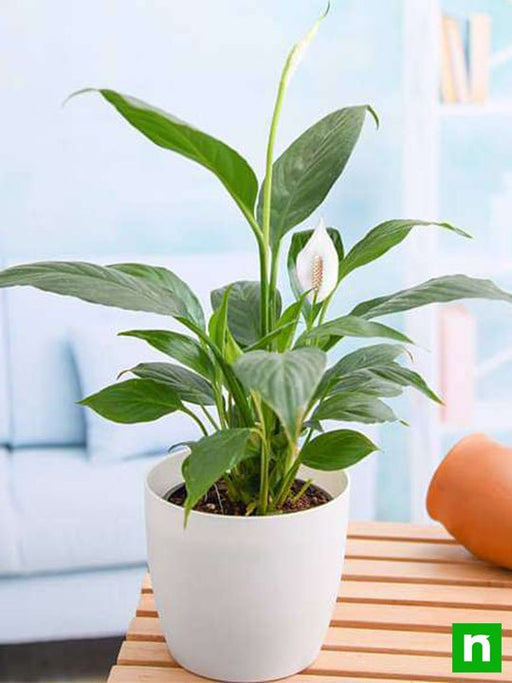
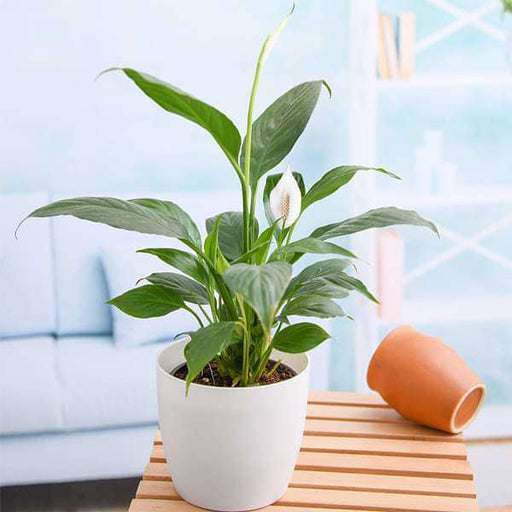 Save up to 15%
Save up to 15%
DescriptionPeace Lily Plant is a very popular and very rare indoor flowering houseplant. It is also an excellent air purifier plant.What makes it s...
View full details
 Save 20%
Save 20%
DescriptionFlowers make intimate connections they increase our connectivity with family and friends. Mogra plant is famously known as Jasmine flowe...
View full details
 Save 10%
Save 10%
DescriptionThe Kalanchoes are thick leaved elegant flowering succulent houseplants. Make your home garden more vibrant and full of colors by bringi...
View full details Save 45%
Save 45%
Description Pack of 4 succulents that are very easy to care for. A perfect pack to start growing plants worry-free. About You get 4 succulent plant...
View full details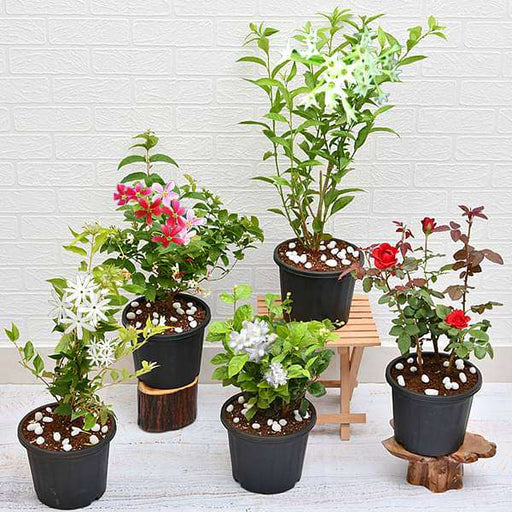 Save 12%
Save 12%
DescriptionAromatic plants bring into a room or house an often overlooked benefit. These plants have a pleasant scent.About You plant a hope when ...
View full details
 Save up to 50%
Save up to 50%
DescriptionIf you long for indoor greenery but have not succeeded with houseplants, consider these beautiful succulents. A perfect pack to start gr...
View full details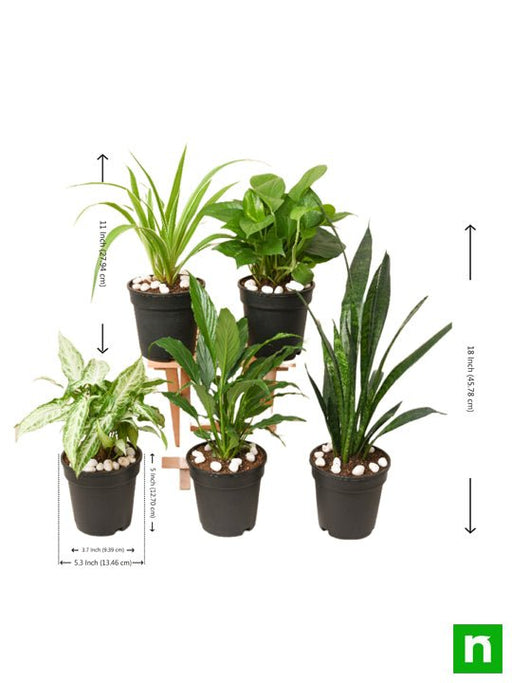
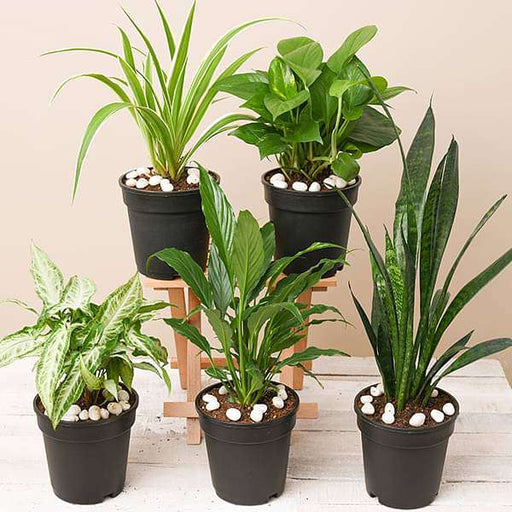 Save 21%
Save 21%
DescriptionThis plants pack contains amazing 5 houseplants + 5 Pots. Surround your home with these best pollution killer plants for a clean and hea...
View full details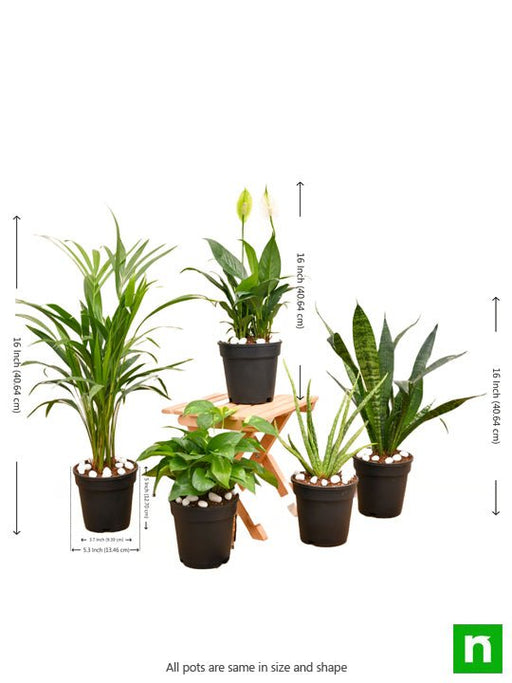
 Save 20%
Save 20%
DescriptionIf you or anyone from your family wants to breathe fresh air, cleaner air in their homes, this 5 plants pack purify the air around and r...
View full details
 Save 40%
Save 40%
DescriptionSet of 2 Bonsai Looking Grafted Adenium PlantsAbout You get 2 Bonsai looking hardy grafted Adenium plants in a single pack.Plants are k...
View full detailsFresh air is a necessity, yet it is highly underrated. We do so much to ensure good health, but we forget the air we breathe in.
Most airtight spaces or space-efficient buildings lack proper air circulation. The solution to this is choosing CO2-absorbing plants.
Improper air circulation can sometimes be fatal. At night it is more dangerous. As we usually close all the openings of a house.
You may wonder, why are these plants so special? It is because these co2 absorbing plants include xerophytes. Xerophytes include a large variety of desert plants that are efficient in saving moisture. These plants use this saved moisture for themselves and can dwell under any conditions.
These plants usually perform a process called CAM (Crassulacean acid metabolism) . In this process, they close their stomatal openings during the daytime and open them only during the night to absorb co2.
This is done to cut moisture loss. Other plants may provide you with oxygen during the daytime but end up producing more co2 at night than oxygen. That is not the case with plants absorbing co2 at night.
This category of plants absorbing co2 at night includes a variety of succulents. Some of these are star cactus, snake plant, aloe vera, peace lily, Christmas cactus and rubber plant. Orchids are also included in this category.
These plants which absorb co2 at night can be added to any indoor space. They work great in spaces like bedrooms, living rooms, window sill and shelves without much fuss. They look beautiful and elegant yet lightweight.
They also do not require a lot of care to grow as they can survive without water for a very long time.
If you are searching for more such categories, nurserylive is here. We are here to deliver you what you need. We have a fabulous collection of plants, ranging from spice plants to indoor plants.
Carbon sequestration is the process of capturing and storing carbon dioxide (CO2) to reduce the amount of greenhouse gases in the atmosphere. Plants absorbing CO2 at night play an important role in carbon sequestration as they take in more CO2 during this time.
Photosynthesis is the process by which plants use sunlight to convert CO2 and water into energy-rich sugars. While photosynthesis primarily occurs during the day, plants continue to absorb CO2 at night, albeit at a slower rate.
Plants release CO2 during respiration, the process by which they break down sugars to release energy. However, this is balanced out by the fact that they also absorb CO2 during photosynthesis and at night.
Net carbon uptake is the difference between the amount of carbon that a plant absorbs and the amount that it releases through respiration. Plants absorbing CO2 at night can contribute to a higher net carbon uptake.
Nighttime carbon fixation is a process by which plants absorb CO2 at night and store it as organic acids. This process is especially important in plants that live in areas with high temperatures during the day, as they can reduce water loss by absorbing CO2 at night.
C3 plants are a type of plant that uses the C3 photosynthetic pathway, which is less efficient than the C4 pathway used by other plants. C3 plants are more likely to absorb CO2 at night to compensate for their lower photosynthetic efficiency.
CAM (Crassulacean acid metabolism) plants are a type of plant that opens their stomata at night to absorb CO2 and store it as organic acids. This process allows CAM plants to conserve water during the day and thrive in arid environments.
Stomatal conductance refers to the rate at which stomata, small openings on plant leaves, allow gases like CO2 to enter and exit the plant. Plants that have high stomatal conductance may absorb more CO2 at night.
Environmental factors such as temperature, humidity, and light can all impact the rate at which plants absorb CO2 at night. For example, plants may absorb more CO2 at night if the temperature is cooler.
The carbon cycle is the natural process by which carbon moves between the atmosphere, oceans, and land. Plants play an important role in the carbon cycle by absorbing CO2 during photosynthesis and at night.
Greenhouse gases like CO2 contribute to global warming by trapping heat in the atmosphere. Plants absorbing CO2 at night can help to reduce the amount of greenhouse gases in the atmosphere.
A carbon footprint is a measure of the amount of CO2 and other greenhouse gases that are emitted as a result of human activities. Planting trees and encouraging plants to absorb CO2 at night can help to reduce our carbon footprint.
Climate change is a long-term shift in global weather patterns that is primarily caused by human activity. Plants absorbing CO2 at night can help to mitigate the effects of climate change by reducing the amount of greenhouse gases in the atmosphere.
Carbon dioxide levels in the atmosphere have been steadily increasing over the past century due to human activities like burning fossil fuels. Plants absorbing CO2 at night can help to reduce the amount of CO2 in the atmosphere.
A carbon sink is any natural or artificial system that absorbs more carbon than it emits. Plants are an important carbon sink as they absorb CO2 during photosynthesis and at night.
Deforestation, the process of clearing forests for agriculture, urbanization, or other purposes, contributes to increased levels of CO2 in the atmosphere as trees are no longer able to absorb and store carbon. Planting trees and encouraging plants to absorb CO2 at night can help to offset the effects of deforestation.
Soil carbon refers to the carbon that is stored in the soil, which can help to reduce the amount of CO2 in the atmosphere. Plants play an important role in soil carbon storage as they release carbon through their roots, which is then stored in the soil.
Urban forestry is the practice of planting and maintaining trees in urban areas for environmental, social, and economic benefits. Plants absorbing CO2 at night can help to improve air quality and reduce the heat island effect in urban areas.
An ecological footprint is a measure of the impact that human activities have on the natural environment. Encouraging plants to absorb CO2 at night can help to reduce our ecological footprint and promote sustainable living.
Renewable energy sources like wind and solar power generate electricity without producing greenhouse gas emissions. Encouraging plants to absorb CO2 at night can help to offset the emissions that are still produced by non-renewable energy sources and promote the transition to renewable energy.
Some of the best plants for absorbing CO2 at night include snake plants, aloe vera, peace lilies, spider plants, and golden pothos.
Plants absorb CO2 at night through a process called Crassulacean Acid Metabolism (CAM), which allows them to store carbon dioxide during the night and use it for photosynthesis during the day.
Yes, plants can absorb CO2 in the dark through the CAM process.
No, not all plants absorb CO2 at night. Only plants that use the CAM photosynthesis process can absorb CO2 at night.
Yes, indoor plants can absorb CO2 at night as long as they use the CAM photosynthesis process.
The number of plants needed to absorb CO2 from a room depends on the size of the room and the number of people in it. As a general rule, it's recommended to have at least one plant per 100 square feet of space.
It takes plants several hours to absorb CO2 from the atmosphere, but the exact time can vary depending on the type of plant and environmental conditions.
No, plants cannot absorb all of the CO2 in a room. They can only absorb a certain amount based on their size and the amount of light and water they receive.
Yes, plants can absorb other pollutants besides CO2, such as formaldehyde, benzene, and trichloroethylene.
Yes, plants release oxygen at night through the process of respiration, but they absorb more CO2 than they release oxygen at night.
Yes, plants release some CO2 during the day through the process of respiration, but they absorb more CO2 than they release during photosynthesis.
Plants can absorb some CO2 from cars and other sources of pollution, but their ability to do so is limited by the amount of CO2 present in the air.
You can increase the amount of CO2 absorbed by plants by providing them with adequate light, water, and nutrients, and by ensuring proper ventilation in the room.
There is no way to tell for sure if your plants are absorbing CO2, but you can monitor their growth and health to ensure they are receiving adequate amounts of light, water, and nutrients.
Plants can absorb some CO2 in low light conditions, but they absorb more CO2 in bright, direct sunlight.
To care for plants that absorb CO2 at night, you should provide them with adequate light, water, and nutrients, and ensure proper drainage and ventilation in the soil.
Plants can still absorb CO2 in the winter, but their growth and photosynthesis may slow down due to reduced light and temperature conditions. It's important to provide adequate care and maintenance for plants during the winter months to ensure they continue to absorb CO2 effectively.
Plants can absorb some CO2 in polluted areas, but their ability to do so may be limited by the amount of pollution in the air. It's important to choose plants that are tolerant of pollution and to provide adequate care and maintenance to ensure their health and growth.
Generally, larger plants will absorb more CO2 than smaller plants due to their greater surface area and photosynthetic capacity. However, the specific amount of CO2 absorbed will depend on the type of plant and environmental conditions.
Plants benefit from absorbing CO2 at night by storing it for use during photosynthesis in the daytime, which helps them produce energy and grow. Additionally, absorbing CO2 can help plants reduce their carbon footprint and contribute to a healthier environment.